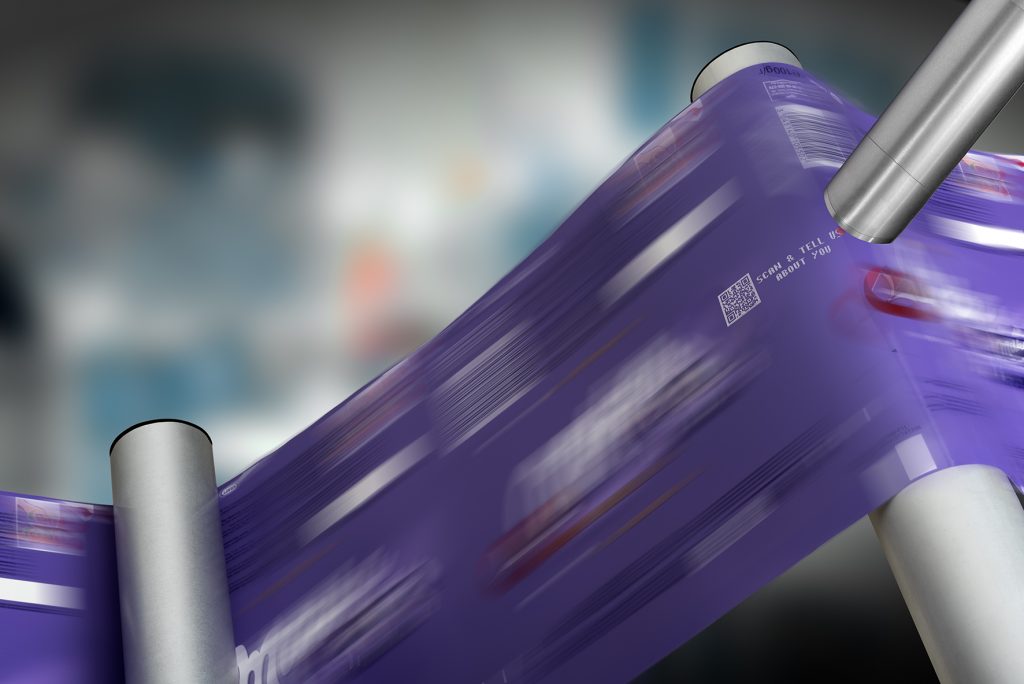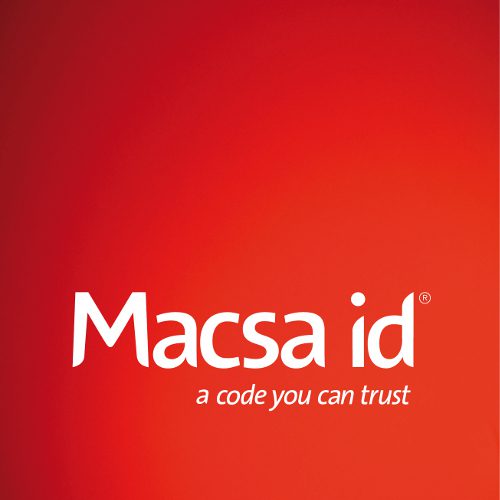
Packaging trends in a post-Covid market
The logistics industry has been put under unprecedented demands during the Covid pandemic, due to huge growth in e-commerce and major supply chain disruptions.
The combination of both factors has demonstrated the need to incorporate demand-driven packaging and advanced traceability solutions in the post-Covid era that is beginning to loom and which we need to be prepared for.
Optimal management of the logistics chain requires the implementation of technological solutions in the packaging itself, but also in the chain as a whole to ensure traceability that provides maximum value.
Table of contents
- Sustainability as a value
- New habits, new packaging
- Branded packaging experience
- The value of advanced traceability
Sustainability as a value
Analysts point to the consolidation of packaging-related trends such as sustainability, due to social awareness about ecological aspects, as well as acceptance of the challenge of the circular economy (3Rs: reduce, reuse and recycle) by a growing number of companies.

Macsa ID can help you with your marking, coding and traceability needs
DO YOU WANT TO SEE MORE INFORMATION?
New trends in this field point to the progressive reduction of plastics and the use of more sustainable, biodegradable, compostable and reusable materials. This is the same target that the European Union has set itself with its Directive (EU) 2019/904, a regulation that aims to reduce the manufacture and consumption of plastic packaging, along with improving the management of single-use packaging waste.
On the road to responsible production in the European Union, 25% of plastic in bottles must be recycled by 2025 and its member states will have to recover nine out of ten plastic bottles by 2029. Yet the war on plastic is not only raging across Europe. In the United States for example, the industry of environmentally friendly materials, processes and technologies is being given a strong boost. Also, around the world, many companies are already innovating with their brands in this direction.
To reduce plastic and use more sustainable materials, one of the rising trends in the packaging sector is the creation of new, more minimalist packaging. In addition, there is a greater use of alternative materials such as glass, cardboard, paper or new 100% natural materials such as cane sugar or chitin, one of the most abundant organic compounds on Earth, which can be used to create bioplastics.
These are innovations in packaging that seek to generate efficiencies throughout the production chain and that translate into more value for both the customer and user of these products.
New habits, new packaging. Packaging trends in a post-Covid market
New consumer habits and lifestyles, such as remote working or hybrid working, are imposing requirements in terms of presentation, format and attention to hygiene as people are more cautious of Covid.
These new needs will promote, for example: individual packaging (single-use packaging) of consumer products, delivery packaging in catering and food packaging, with solutions that increase the shelf life of the product and at the same time improve conservation. New materials and reusable designs that reduce food waste and waste generation will also emerge.
In this context of new values, it is predicted that new formats such as Grab&Go packaging, for products that respond to the need to make quick purchase decisions, which are easy to open and handle, durable, and safe, will be implemented.

But the accelerated digital transformation brought about by Covid offers multiple other avenues of action to the sector. This is the case for smart packaging, which will make it possible to check on the conditions of the packaged product, monitoring aspects such as freshness, Ph and temperature, generating alerts for expiry dates and the ability to develop new orders automatically.

Do you want more information about the new trends in packaging?
The interactivity of this new packaging, thanks to the portability of mobile phones, will not only provide valuable information and guarantee the quality and safety of the products, but will also allow new emotions and experiences that were unidentified until now.
Branded packaging experience
Another growing trend is experiential packaging, which will become a new channel for communication and innovation in addition to providing valuable product information.
This could be experienced from the packaging itself, with videos, gaming, brand stories, promotions, locations and smart shopping through augmented reality (AR) and virtual reality (VR).

This is a new mode of communication generated by user connections in social networks through the use of packaging. It will be one of the most powerful communication tools; brands know it and QR codes facilitate it.
The value of advanced traceability
Technological solutions for coding and marking packaging are essential for optimal traceability in the supply chain.
Currently, Macsa ID offers a wide range of technologies for marking and coding on the main materials and substrates used in the packaging industry in both productive (food, beverage, pharmaceutical, medical, cosmetics…) and industrial (automotive, aeronautics, defense, construction materials…) sectors.
These are materials and substrates such as paper, cardboard, film, aluminum, glass, organic, PET, engineering plastics, PVC, wood, steel, clay, metals and textiles, many of which are particularly easy to recycle.
This is a wide variety of materials that, thanks to the different coding technologies and management software solutions developed by Macsa, make it possible to guarantee accurate and secure traceability of products throughout the logistics process, from the manufacturer to the consumer or user.
Traceability is a priority in order to locate the products moving through the supply chain at all times. An excellent example is traceability in the fruit and vegetable sector through MACSA ID’s Integra Track & Trace software. This software takes over the management of equipment such as readers, printers, scales and other hardware involved in the production process. In addition, it generates a database that records all the information associated with the product throughout the whole process, from the moment it arrives at the warehouse to its identification and dispatch at the next link in the supply chain.
Traceability is becoming increasingly valuable as visibility of operations has a powerful impact on the bottom line because it enables maximum efficiency. As e-commerce has become both a global and a local avenue for business, its relevance is set to grow in 2022.

